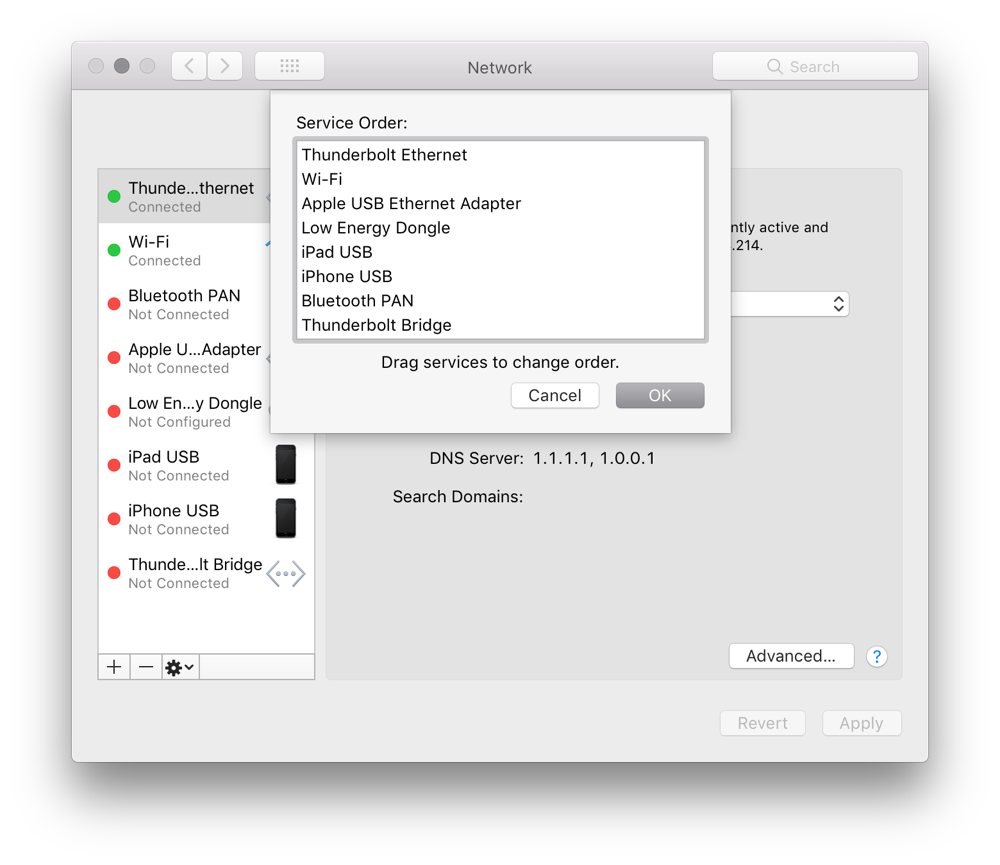

How To Set Default Nice Value Of a Specific User’s Processes To set permanent default values, read the next section. Still using this output, you can see the formula PR = 20 + NI stands, PR for ts3server = 20 + -12 = 8Īny changes you make with renice command to a user’s processes nice values are only applicable until the next reboot. Therefore, if a program is already running, you can change its priority with the renice command in this form: $ renice -n -12 -p 1055įrom the sample top output below, the niceness of the teamspe+ with PID 1055 is now -12 and for all processes owned by user apache is -2. Documents/*Ĭhange the Scheduling Priority of a Process in LinuxĪs we mentioned before, Linux allows dynamic priority-based scheduling. You can also use the third method which is a little confusing especially for negative niceness values. Normal users can only run a command or program with low priority.įor example, instead of starting a program or command with the default priority, you can start it with a specific priority using following nice command.Only root can run a command or program with increased or high priority.A command or program run without nice defaults to a priority of zero.If no value is provided, nice sets a priority of 10 by default.

$ nice -niceness-value #it’s confusing for negative values The syntax is as follows: $ nice -n niceness-value If you have a very CPU-intensive program or task, but you also understand that it might take a long time to complete, you can set it a high or favorable priority using the nice command. Here, we will look at how to prioritize the CPU usage of a program or command. Linux rt Process How to Run A Command with a Given Nice Value in Linux PR = 0 to 39 which is same as 100 to 139.īut if you see a rt rather than a number as shown in the screenshot below, it basically means the process is running under real-time scheduling priority. Nice value range (NI): -20 to 19 PR = 20 + NI Real time priority range(PR or PRI): 0 to 99 How To Calculate PR or PRI Values Total number of priorities = 140

How to Check Nice Value of Linux Processes One important characteristic of Linux is dynamic priority-based scheduling, which allows the nice value of processes to be changed (increased or decreased) depending on your needs, as we’ll see later on. The other is the real-time priority, which ranges from 1 to 99 by default, then 100 to 139 are meant for user-space.

The first one is a nice value ( niceness) which ranges from -20 (highest priority value) to 19 (lowest priority value) and the default is 0, this is what we will uncover in this guide. There are a total of 140 priorities and two distinct priority ranges implemented in Linux. Processes with a higher priority will be executed before those with a lower priority, while processes with the same priority are scheduled one after the next, repeatedly. The kernel stores a great deal of information about processes including process priority which is simply the scheduling priority attached to a process. Understanding Process Priority and Nice Value It ranks processes based on the most deserving as well as the need for CPU time. The scheduler forms the core of multitasking in Linux, using a priority-based scheduling algorithm to choose between the runnable processes in the system. A runnable process is one which is waiting only for CPU time, it’s ready to be executed. Read Also: How to Monitor Linux Processes and Set Process Limits on a Per-User Basis Understanding the Linux Kernel SchedulerĪ kernel scheduler is a unit of the kernel that determines the most suitable process out of all runnable processes to execute next it allocates processor time between the runnable processes on a system. Then we will dive into a little bit of Linux process management: see how to run a program or command with modified priority and also change the priority of running Linux processes. In this article, we’ll briefly explain the kernel scheduler (also known as the process scheduler), and process priority, which are topics beyond the scope of this guide.


 0 kommentar(er)
0 kommentar(er)
